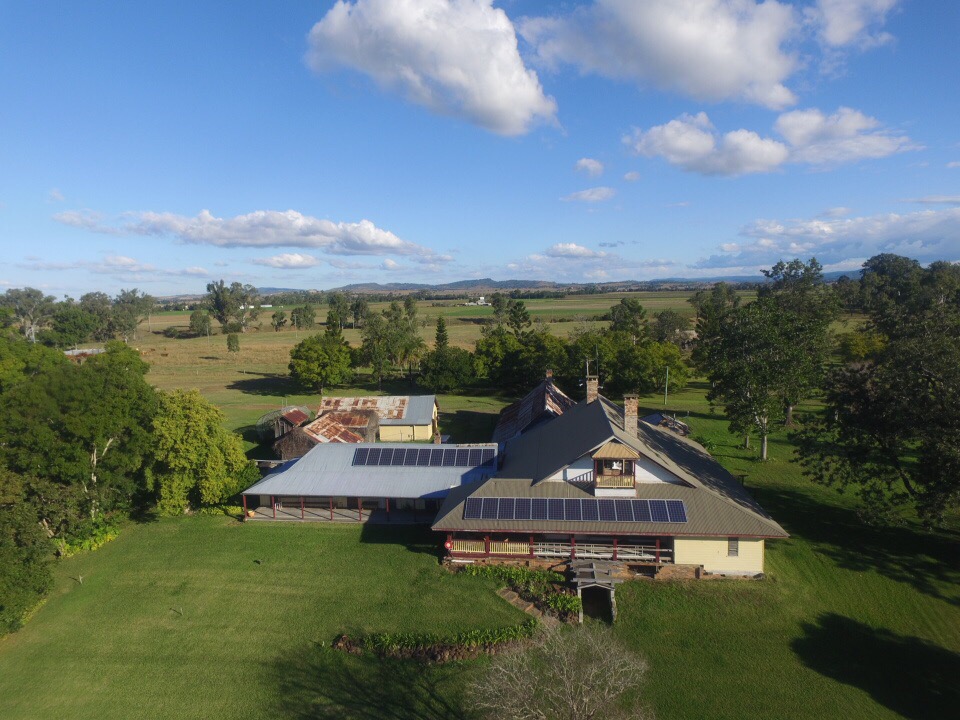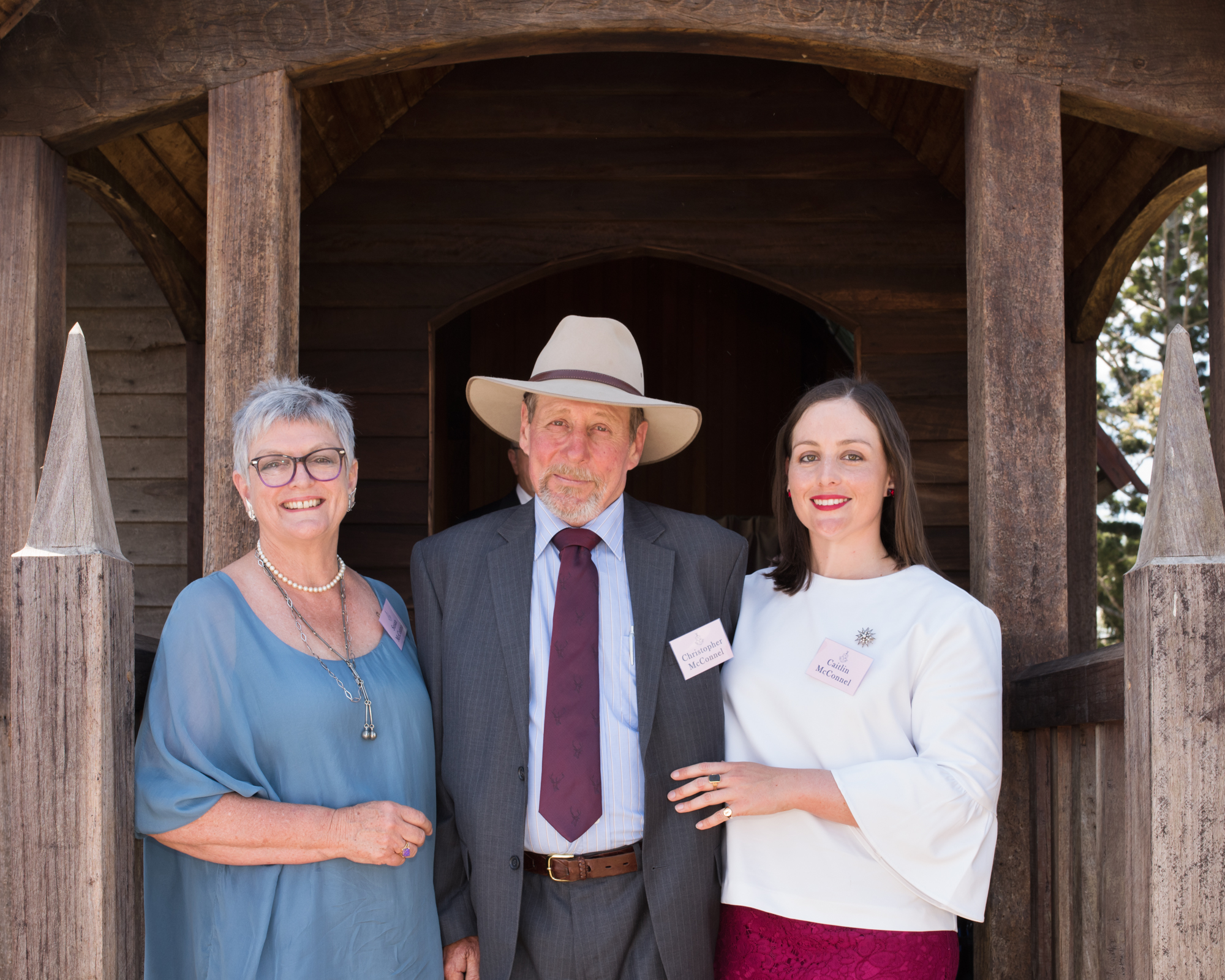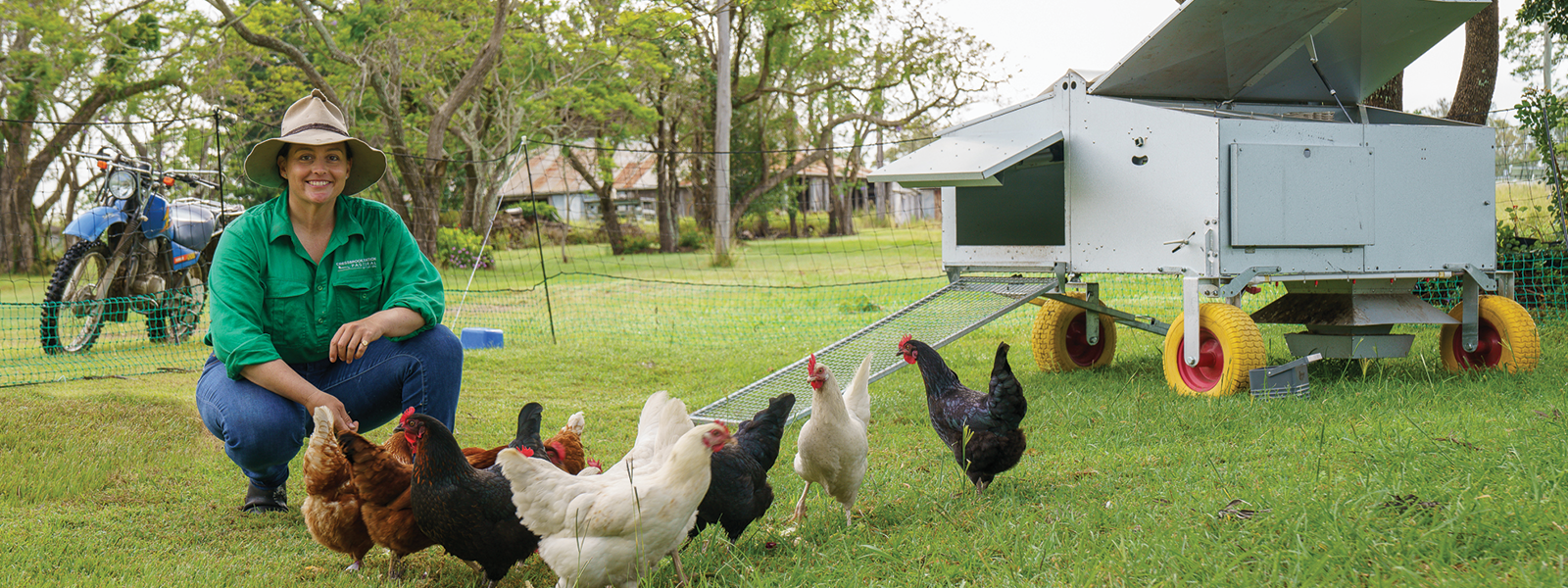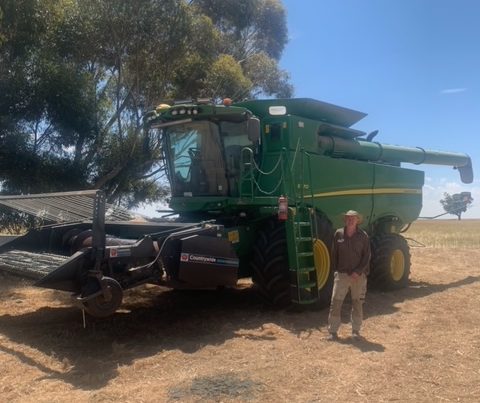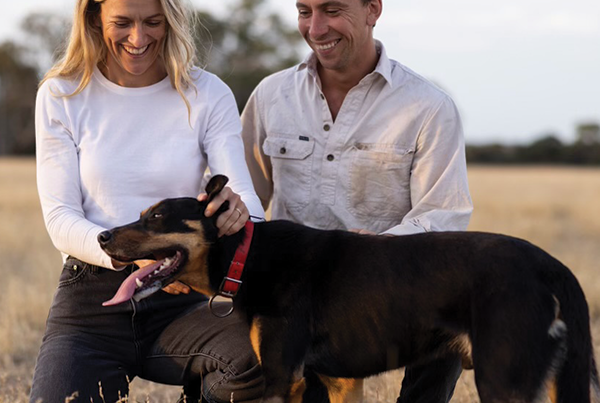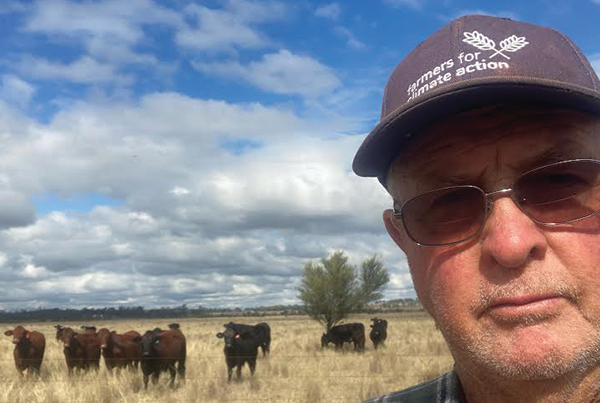At a glance
Who: Caitlin McConnel
What: 1000 acres – farming beef cattle whilst utilising agrivoltaics and agritourism
Where: Cressbrook Station, Toogoolawah
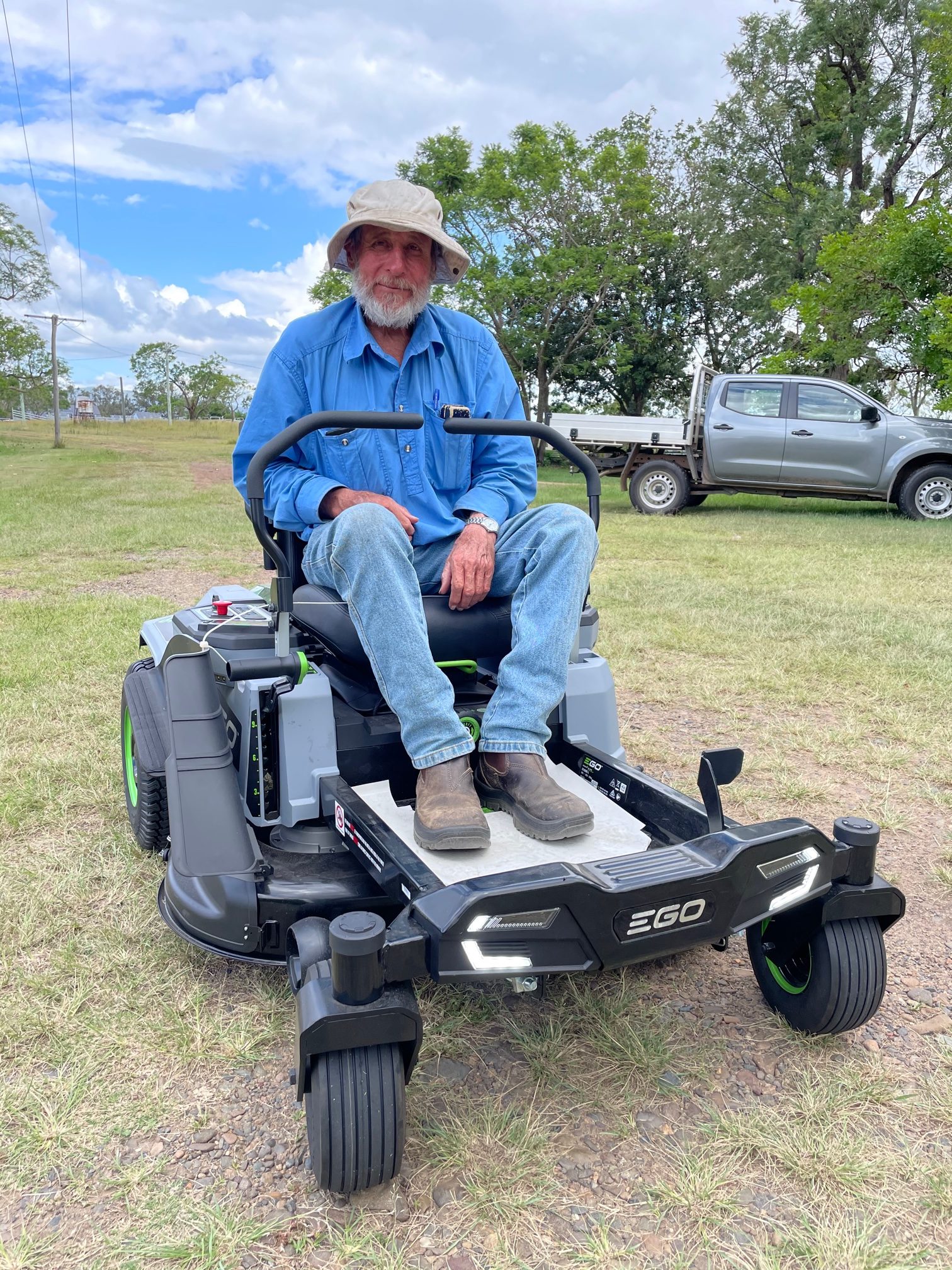
Can you tell us about your property/enterprise?
My parents and I produce beef cattle on our family property, “Cressbrook” Station, located near Toogoolawah, in Queensland. We run over 500 head (breeders, predominately Droughtmaster, Ultra Black & Brangus), utilising cell-grazing to maximise pasture growth and soil health. We also have over 100kW of solar for power generation, which is returned to the main grid for rebate as a source of diversified income.
We are the oldest identified family business in Queensland, and one of the oldest in Australia; and pay our respects to the Dungibara people, of whom our family have a rich and affectionate inter-generational history with at Cressbrook since our time of settlement. In light of our connection to our local, and Australian agricultural history, we have also commenced private historical and agricultural tours of Cressbrook in 2023.
What are some of the opportunities you see for your business/property in coming years?
Given our unique history and proximity to Brisbane, we consider that there is an opportunity to showcase the benefits of sustainable farming practices and the adoption of renewable energies directly to consumers; whilst also capitalising on the sustainable paddock to plate movement.
And what are your main challenges now, and into the future?
Whilst urban sprawl is a very live issue in our region, the greatest challenge on-farm and in our region is the viability of our agricultural pursuits due to the increased risks associated with climate change. In the 150-years of our family’s settlement up to the year of my birth, we had only endured 4 major floods and 3 major droughts – resulting in stories of inter-generational hardships and lessons learnt. However, since 1990, we have endured weather systems not seen in previous generations – swinging radically from severe drought to catastrophic flood, with little periods of what were considered ‘normal’ seasons.
Notably, there have been 5 major floods, and 3 of the worst droughts on record, in my mere 32-years of life. Significantly, 2022 was our second wettest year on record, falling short of the benchmark set by the 1893 flood; whilst this month (February 2023) is one of our driest. It is clear, therefore, that our climate has changed significantly – and rapidly – and it is these experiences on-farm, as well the economic, legal, and social impacts I am fortunate to learn off-farm, that make me acutely aware that the future success of agriculture in our region is the implementation of climate adaptation.
How has climate change impacted your farm business?
The day-to-day business has changed most significantly in the past 20-years, compared to previous generations. We have had to move from a commercial dairy and cropping operation – sustaining up to three families – to now a small beef cattle operation run by the three of us, which is propped up by the income stream from renewable energy, and my off-farm work in law. We’ve also had to work smarter – and harder – to sustain our cattle numbers given increased instances of severe drought and flood, often with no ‘middle ground’ in seasons.
What are some of the on-farm adaptations or changes you’ve been employing in recent years and what’s driving them? How successful have they been, and what benefits have you seen as a result? (have you collected any evidence of these benefits, and if so could you share this?)
As a legacy of our previous inter-generational intensive dairy operation (ceased in 2006), we have continued utilising cell-grazing practices for the purposes of maximising pasture growth and recovery, and soil health. This management tools have enabled us to appropriately manage herd numbers during times of severe drought, whilst ensuring soil and pasture health are maintained. Since 2006, we have also been fertiliser, insecticide, and largely herbicide free, and as a result have seen remarkable results through the recovery of native and introduced grasses and return of birds and various beneficial insects.
My father was an early adopter of alternate energy sources on our property, installing over 100kW of solar panels in 2010 for the purposes of generating power returnable to the main grid for income. Over the past few years, we have installed additional solar panels on sheds, the Main House and cottages, and have recently installed battery storage enabling the Main House to go completely off the main grid. We have also installed a solar bore, with plans to instal additional solar pumps at all other water sources in due course. By limiting the use of ‘on-grid’ power, we not only ensure that our diversified income (through rebate) remains viable, but we are ensuring that our reliance on traditional coal and gas fired electricity are kept at a minimum. Our long-term aim is to become fully self-sustainable through solar power and battery storage.
Since early 2022, I have also introduced pastured chickens (layers) to our property for the purpose of increasing soil health and diversifying income through enterprise stacking and have a long-term plan to incorporate heritage meat breeds, as well as sheep, into our rotational grazing and permaculture practices.
What are your hopes for Ag in Australia, into the future?
Having grown up in the generation that was told “don’t be a farmer”, I am incredibly excited by the opportunities now available in the industry. The global pandemic and emerging awareness of climate change have really brought the attention back to agriculture as being a fundamental human need, and my hope is that consumers, businesses, and governments will continue to embrace the industry as a solution to long-term food security, and a key component of any plan to achieve net zero.
